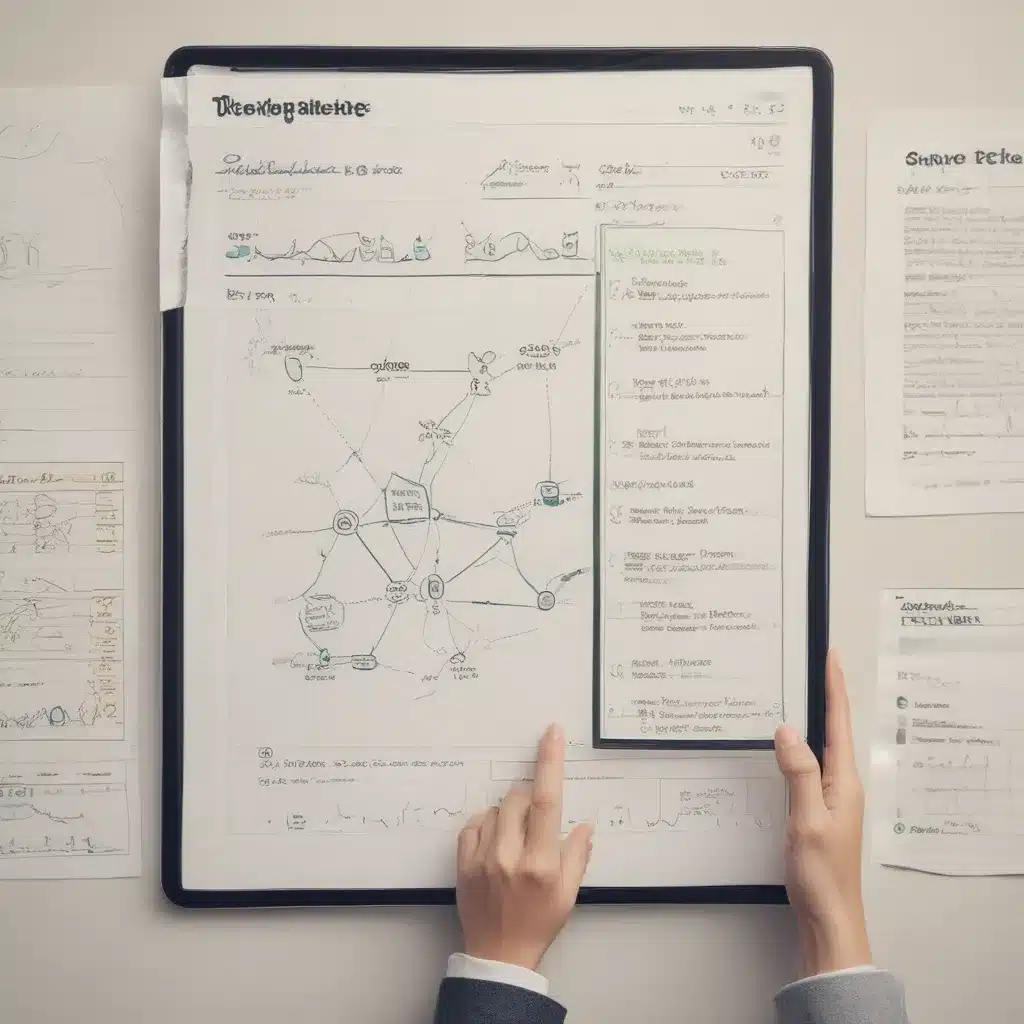
Optimize Site Navigation for Higher Rankings
As an SEO professional in Manchester, UK, I’ve seen firsthand how site navigation can make or break a website’s search engine performance. In today’s digital landscape, where attention spans are shorter than ever, having an intuitive and well-structured navigation system is crucial for driving organic traffic and boosting your rankings.
Think about it this way – when you’re searching for something online, what’s the first thing you look for? Chances are, it’s the navigation menu. If that’s confusing or difficult to use, you’re likely to bounce right off the site and head elsewhere. And that’s exactly what search engines like Google are looking to avoid.
The Importance of Intuitive Navigation
Optimizing your site navigation isn’t just about making things look pretty – it’s a core component of effective SEO. When your navigation is user-friendly and easy to navigate, it sends a strong signal to search engines that your website is high-quality, authoritative, and worth ranking higher.
Here’s the thing – search engine crawlers are like digital spiders, constantly scurrying around the web to index new content. And just like a human user, they rely on your navigation to understand the structure and hierarchy of your website. If your navigation is a jumbled mess, those crawlers are going to have a tough time figuring out what your site is all about, and your rankings will suffer as a result.
But when you take the time to carefully craft an intuitive navigation system, you’re making it simple for both users and search engines to quickly grasp the key topics and offerings on your website. This, in turn, can lead to higher click-through rates, longer session durations, and ultimately, better search engine visibility.
Key Elements of Optimized Navigation
So, what does an SEO-friendly navigation system look like? Here are some of the key elements to consider:
-
Logical Structure: Your navigation should be organized in a way that makes sense for your users. Group related pages together, use clear and descriptive labels, and ensure the overall hierarchy is easy to follow.
-
Prominent Placement: Your main navigation menu should be highly visible and accessible on every page of your website. Avoid burying it deep within the page or hiding it behind a hamburger icon.
-
Consistent Formatting: Use a consistent visual style and layout for your navigation across your entire site. This helps create a seamless, cohesive user experience.
-
Intuitive Labeling: The text used in your navigation links should be clear, concise, and accurately reflect the content of the linked page. Avoid vague or overly generic labels.
-
Internal Linking: Strategically link related pages within your navigation menu to help users (and search engines) better understand the connections between different areas of your site.
-
Mobile Optimization: Ensure your navigation is just as user-friendly on mobile devices as it is on desktops. This is especially important given the growing dominance of mobile search.
Ongoing Optimization and Maintenance
Of course, optimizing your site navigation isn’t a one-and-done task. As your business and website evolve, you’ll need to regularly review and refine your navigation system to ensure it continues to meet the needs of both your users and search engines.
Keep a close eye on your website analytics to identify any pain points or areas of confusion in your navigation. Pay attention to metrics like bounce rate, time on page, and click-through rates, as these can all provide valuable insights into how users are interacting with your site.
Additionally, don’t be afraid to experiment and try new things. A/B testing different navigation layouts or labeling can help you identify the most effective approaches for your specific audience and industry.
Remember, the ultimate goal of optimized site navigation is to create a seamless, intuitive user experience that helps your target audience find the information they need quickly and easily. And when you achieve that, you’ll not only see a boost in your search engine rankings, but also a more engaged and loyal customer base.
So, what are you waiting for? Start optimizing your site navigation today and watch your SEO success soar!



























